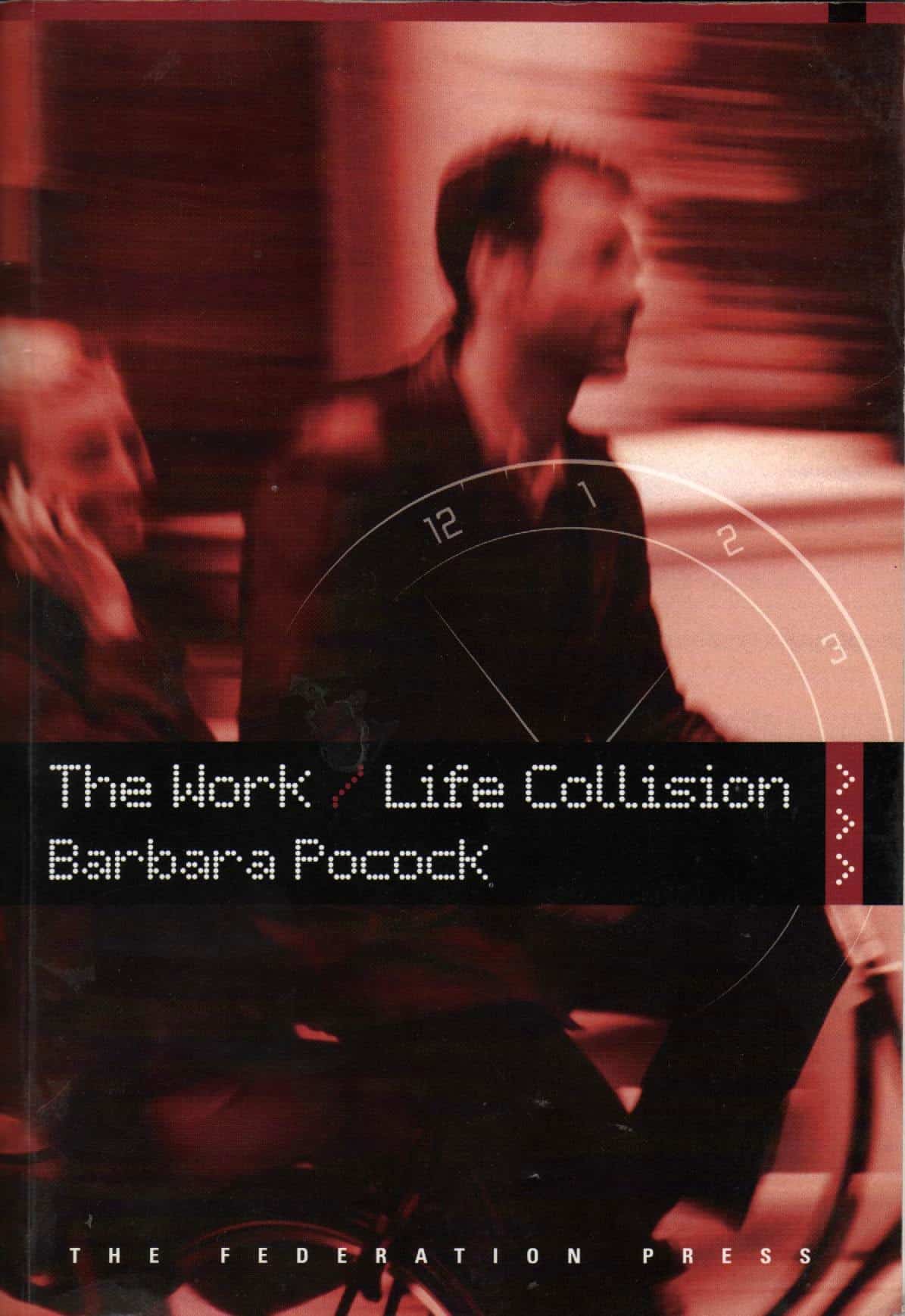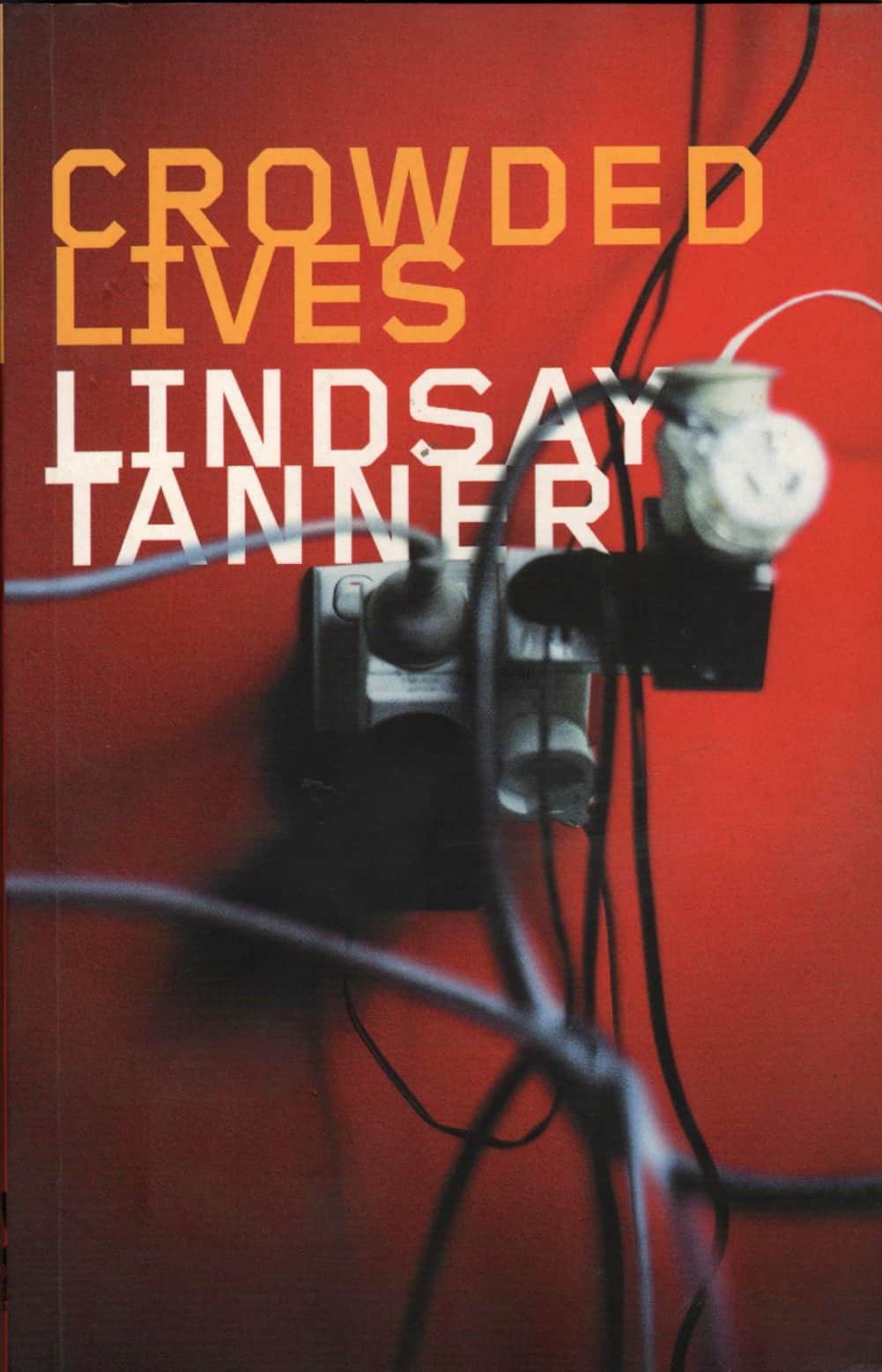The G20 summit in Pittsburgh, United States, this week will include a lot of analysis of the global financial crisis and various stimulus packages. Some, such as Professor Henry Mintzberg, have pointed the finger at business courses, such as the Master of Business Administration, that have encouraged personal greed. Some in the executive industry describe (rationalise?) this as creating “shareholder value”. Regardless of which ideological side one takes, MBA’s are getting a makeover.
In a recent article Professor Rakesh Khurana of Harvard University has argued that
“…the shareholder model is too blunt and does not capture the reality of business”.
But before one categorises Khurana as an advocate of the left, Khurana operates within a bigger context. Khurana argues that
“…a professional ideology of “service to the greater good” is not at odds with the principal of shareholder value creation. It actually grounds shareholder value morally and integrates it in a richer multidisciplinary context.”
The multidisciplinary approach to management is familiar to anyone who has studied risk management but it seems to be radical in the financial sector. Professor John Toohey of RMIT University’s Graduate School of business has said in the same article as referenced above
“We fail as a business school if we don’t excite and frighten our students, and get them to think about the bigger issues, what sort of moral footprint they will be leaving… We do this by emphasising ‘work-integrated learning’, by trying to give our students experience of how complex issues are considered and managed in reality.”
Earlier this year Professor Toohey chaired an event that discussed the role of science and business.
But that integrated approach to business management requires a receptive audience. Henry Mintzberg, mentioned above, wrote an article on leadership for the Harvard Business Review for July/August 2009 that seems to talk about workplace culture without using that term. Mintzberg talks about reestablishing a sense of “community” in corporations. By community he means:
“…caring about our work, our colleagues, and our place in the world, geographic and otherwise, and in turn being inspired by this caring.”
Some would see this as “engagement”, others could compare this approach to establishing a social consciousness for the workplace. Many OHS professionals will see elements of community in many of their activities around a workplace safety culture.
The full/longer article is well worth obtaining (it was reprinted in the September edition of the AFR Boss magazine in Australia) as it lists the following lessons, amongst others:
Community building in an organisations may best begin with small groups of committed managers.
The sense of community takes root as the managers in these groups reflect on the experiences they have shared in the organisation.
The insights generated by these reflections naturally trigger small initiatives that can grow into big strategies.
The discussion about “communityship” seems to have strong echoes in other business management strategies. At the core are the same concepts being discussed in different terms. The trick is to ignore the competitive claims of ownership or intellectual property to get to the useful truths that lie within.

 Work/life balance in Australia is skewed towards those workers who have young families or a role as a carer. This is due to work/life balance evolving from the feminist and social concepts of the 1970s and in response to the increased number of
Work/life balance in Australia is skewed towards those workers who have young families or a role as a carer. This is due to work/life balance evolving from the feminist and social concepts of the 1970s and in response to the increased number of 


